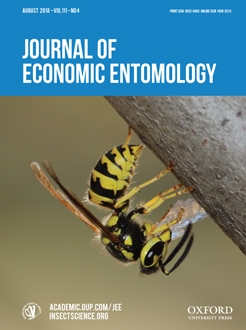Aphids show highly aggregated distributions, and thus their predators tend to aggregate as well, creating conditions optimal to consumptive and non-consumptive (N-CEs) effects among competing predators, both conspecific and heterospecific. If predatory larvae are themselves potential prey for other predators, they may be also sensitive to N-CEs imposed by their con- or heterospecifics. A partitioned Petri-dish that permitted the passage of visual and chemical signals was used to examine the N-CEs of predator on foraging behavior of other predators, as prey themselves. Functional responses of second-instar Chrysoperla carnea Stephens (Chrysopidae: Neuroptera) and third-instar Coccinella undecimpunctata L. (Coccinellidae: Coleoptera) to Aphis craccivora Koch. (Aphididae: Hemiptera) in the absence and presence of predation threat were derived. Both predators responded to presence of competitor signals with declined consumption, but lower attack rate and longer handling time were evident for C. undecimpunctata. The functional response type of second-instar C. carnea did not alter, even in the presence of larger heterospecifics, remaining a type 2 functional response in all treatments, but that of third-instar C. undecimpunctata did under the predation risk of third-instar C. carnea. Therefore, the third-instar C. undecimpunctata appeared to have suffered foraging costs (longer handling time and lower attack rate) under predation risk of C. carnea, but second-instar C. carnea did not. If predatory larvae of both species are synchronized in the same aphid patch, C. undecimpunctata might leave the patch to minimize its own risk of being preyed upon, or at least search at reduced rates. Thus, N-CEs may signify be biologically significant.
How to translate text using browser tools
3 May 2018
When Predators Avoid Predation by Their Con- and Heterospecific Competitors: Non-consumptive Effects Mediate Foraging Behavior and Prey Handling Time of Predators
Mohamed H. Bayoumy,
Marwa M. Ramadan
ACCESS THE FULL ARTICLE
It is not available for individual sale.
This article is only available to subscribers.
It is not available for individual sale.
It is not available for individual sale.

Journal of Economic Entomology
Vol. 111 • No. 4
August 2018
Vol. 111 • No. 4
August 2018
Chrysopidae
Coccinellidae
functional response
heterospecific predation
predation risk




